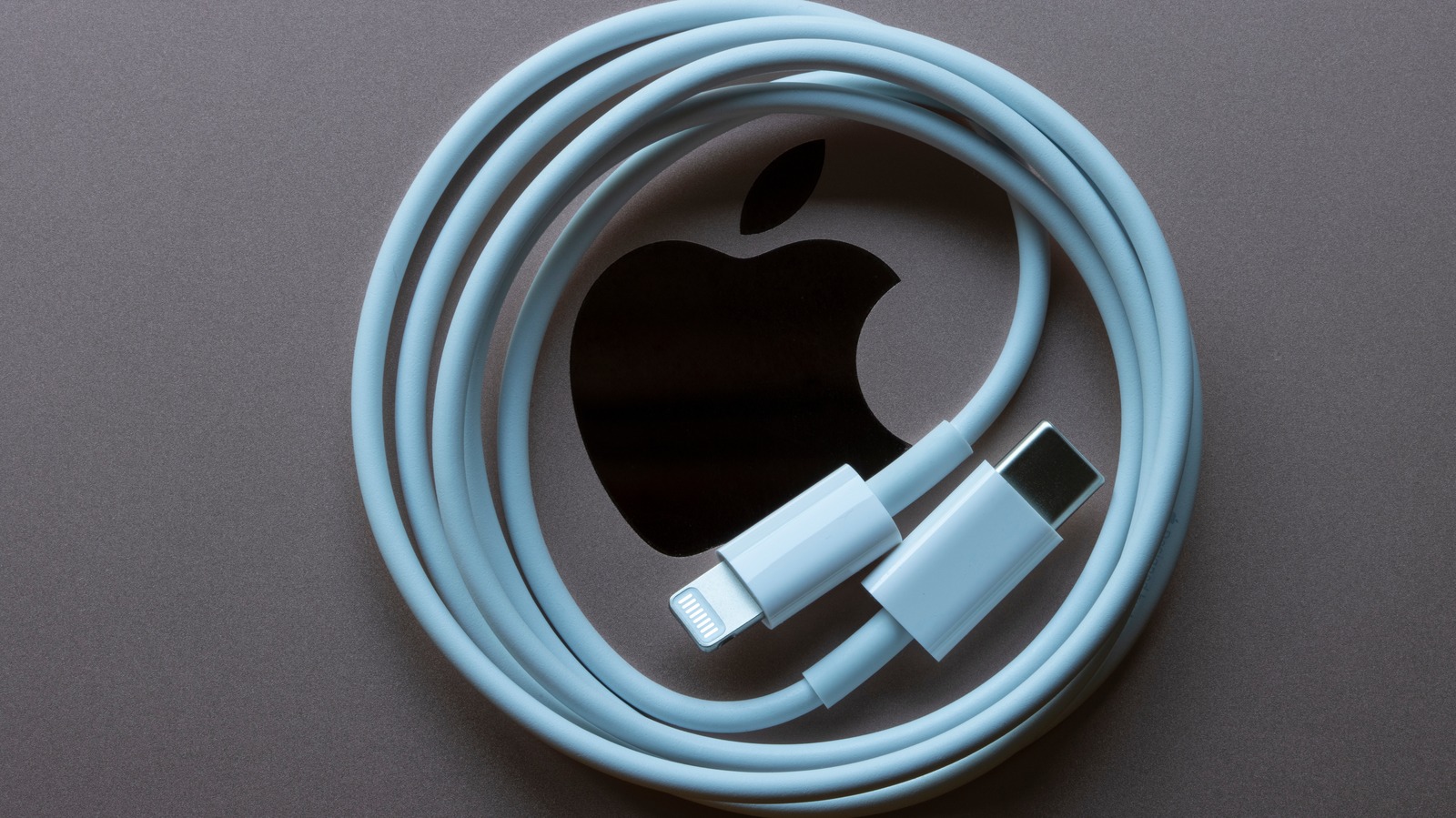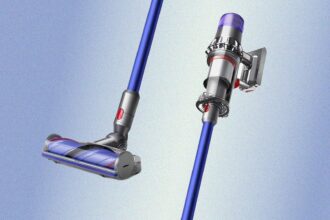Tossing your old cables in the regular garbage is one of the worst things you can do for Mother Earth. Not only does this add to the never-ending piles of e-waste, but it prevents recycling plants from being able to reuse the raw materials stashed inside your Lightning cables, including copper and aluminum. Plus, the longer these unused cables sit in landfills, the greater the risk is of the wires leaking toxic chemicals into groundwater, soil, and other parts of the environment.
This is why it pays to recycle or trade in those Lightning cables the right way, even if it involves more than just tossing them in the trash. If you live near a Best Buy, Staples, or other brick-and-mortar bastion, there’s a decent chance the store has some kind of recycling depot or throwaway bin for items like old wires, batteries, cell phones, and other small tech. Some companies — including Apple — even offer mail-in recycling programs. Why ditch all of your Lightning port tech if you can still use it? Products like this official Apple USB-C to Lightning Adapter let you hook up your existing Lightning accessories to newer iPhones and iPads with USB-C. You’ll also be able to find Lightning caps that complete the A to B handshake between USB-C accessories and your older Apple devices, like the USB C Type C to Lightning Adapter MFi on Amazon.
One thing to keep in mind: It pays to stick with first-party Apple adapters or MFi (Made for iPhone) certified tech whenever possible. Cheaper adapter products made by unrecognizable companies may not work all that well, or might quickly degrade in quality. So you may want to think twice about buying third-party accessories. Spend the extra $20 upfront. You’ll thank yourself later.
Tossing your old cables in the regular garbage is one of the worst things you can do for Mother Earth.
Not only does this add to the never-ending piles of e-waste, but it prevents recycling plants from being able to reuse the raw materials stashed inside your Lightning cables, including copper and aluminum.
This is why it pays to recycle or trade in those Lightning cables the right way, even if it involves more than just tossing them in the trash.
Why ditch all of your Lightning port tech if you can still use it?
Products like this official Apple USB-C to Lightning Adapter let you hook up your existing Lightning accessories to newer iPhones and iPads with USB-C. You’ll also be able to find Lightning caps that complete the A to B handshake between USB-C accessories and your older Apple devices, like the USB C Type C to Lightning Adapter MFi on Amazon.
Tossing your old cables in the regular garbage is one of the worst things you can do for Mother Earth. Not only does this add to the never-ending piles of e-waste, but it prevents recycling plants from being able to reuse the raw materials stashed inside your Lightning cables, including copper and aluminum. Plus, the longer these unused cables sit in landfills, the greater the risk is of the wires leaking toxic chemicals into groundwater, soil, and other parts of the environment.
This is why it pays to recycle or trade in those Lightning cables the right way, even if it involves more than just tossing them in the trash. If you live near a Best Buy, Staples, or other brick-and-mortar bastion, there’s a decent chance the store has some kind of recycling depot or throwaway bin for items like old wires, batteries, cell phones, and other small tech. Some companies — including Apple — even offer mail-in recycling programs. Why ditch all of your Lightning port tech if you can still use it? Products like this official Apple USB-C to Lightning Adapter let you hook up your existing Lightning accessories to newer iPhones and iPads with USB-C. You’ll also be able to find Lightning caps that complete the A to B handshake between USB-C accessories and your older Apple devices, like the USB C Type C to Lightning Adapter MFi on Amazon.
One thing to keep in mind: It pays to stick with first-party Apple adapters or MFi (Made for iPhone) certified tech whenever possible. Cheaper adapter products made by unrecognizable companies may not work all that well, or might quickly degrade in quality. So you may want to think twice about buying third-party accessories. Spend the extra $20 upfront. You’ll thank yourself later.




